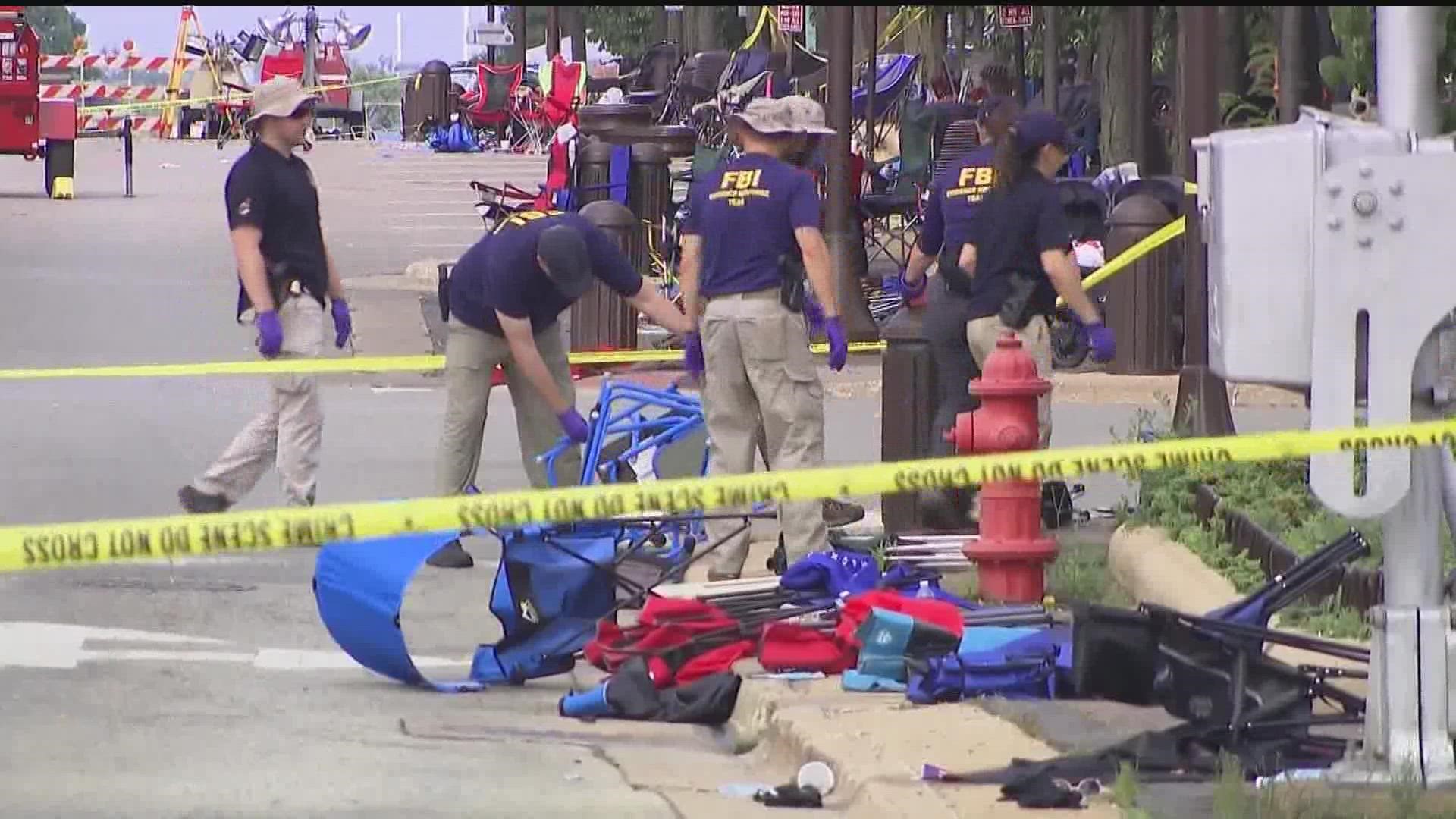MINNEAPOLIS — The man accused of killing seven people and shooting dozens of others at a Fourth of July parade in Illinois made his first court appearance Wednesday. Robert Crimo III is charged with seven counts of first-degree murder.
On Monday, Crimo allegedly opened fire from a rooftop as the parade in Highland Park got underway. The victims range in age from the 30s to the 80s.
Investigators say Crimo's social media account was filled with violence and violent imagery before lives were taken.
So, how did it go unnoticed by so many?
"Certainly, there were clues,” Mark Lanterman with Computer Forensic Services said.
Lanterman said it's easy to look back at the Highland Park shooter's online history and say someone should have seen the signs, but the question is, who should have seen them?
"Law enforcement just doesn't have the resources to monitor everyone's social media accounts and my guess is we wouldn't want them to,” Lanterman said.
What about the websites? The social media platforms that hosted these pictures and videos?
"There certainly is technology available to help identify violent posts, but with the volume, even though they are big tech companies, they just don't have the resources to monitor the hundreds of millions of messages," Lanterman said.
He added that social media sites are constantly trying to balance violence prevention with free speech.
"The problem is they're in business to make money, and if they become the platform known for censoring, users will just go to a different platform," he said.
Lanterman says the platforms are only willing to do so much, so, the responsibility to report violent and suspicious posts falls on the users.
In this case, law enforcement officials say the shooter's music, which often had violent lyrics, had millions of listeners. And officials say countless people saw the pictures and video he posted online, and, to their knowledge, no one reported a thing.
"Don't assume that law enforcement knows anything about these social media posts. You have to bring it to their attention,” Lanterman explains. "If you see a threat of violence, report it."
Both the Minnesota Bureau of Criminal of Apprehension (BCA) and St. Paul Police confirm that law enforcement agencies do have access to special software that can help them track down violent posts and threats on social media.
However, neither agency is currently using this software and the BCA says most departments choose not to use it because the software is expensive, and it requires a lot of staff to do it right.
Plus, they say the laws are still being written regarding what law enforcement agencies can and can’t do with this tracking software, so many agencies simply choose to stay away from it.
Watch more local news:
Watch the latest local news from the Twin Cities in our YouTube playlist:

